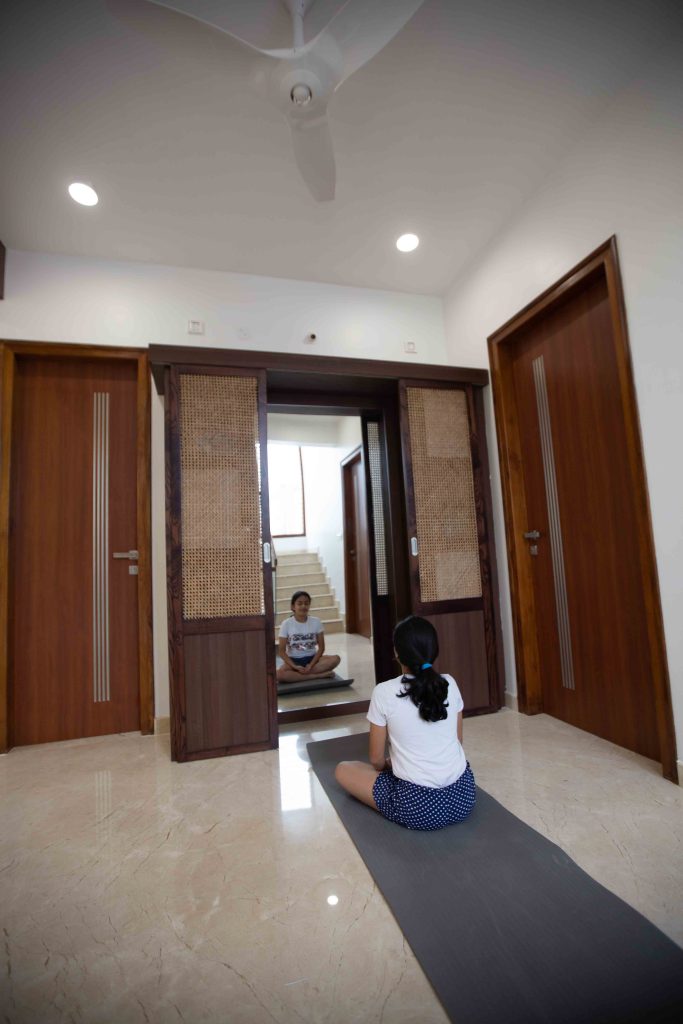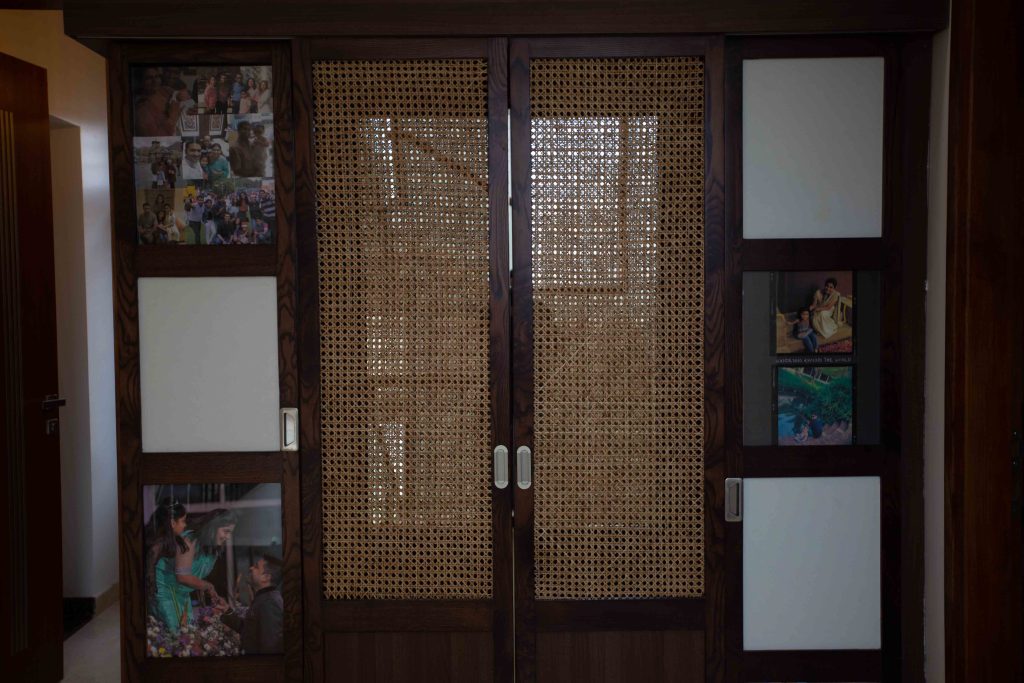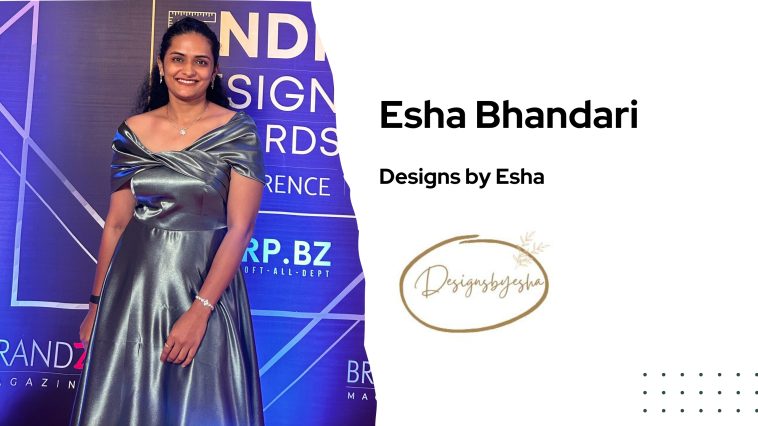My name is Esha Bhandari, and I am an Interior Decorator and Designer as well as a Design Professor. I have dedicated five years to this vibrant field, shaping spaces with creativity and functionality. My educational background includes a B.Sc. in Interior Design, a Master Diploma in Kitchen Designing, and a certification in Set Designing. My journey into this realm began with a profound interest in art and creativity. Patterns from various sources—be it walls, nature, clothing, or wall decorations—captivated me, and this fascination naturally led me to pursue a career in interior design.
Design Philosophy
My design philosophy centers around the seamless integration of natural light and ensuring client comfort. When embarking on a new project, the first thing I consider is the natural lighting of the space. I strategically position furniture to maximize natural light, creating an inviting and airy atmosphere. Additionally, I prioritize making the space comfortable and tailored to the client’s needs. The small details, such as the choice of wall paint or textured patterns, play a crucial role in shaping the aesthetics of the design. I consistently incorporate the principles of rhythm and balance into my work, ensuring harmony and visual appeal in every project.
Creative Process
The creative process in my projects begins with comprehensive research, including case studies, market analysis, and literature reviews. This helps me stay updated on current trends and gather inspiration. Once I have a clear understanding of the project’s context, I create inspirational boards to present to the client. This collaborative approach ensures that the design aligns with the client’s vision. Each piece of furniture is meticulously designed to add richness and detail to the space. After finalizing the 2D and 3D drawings and animations, we proceed with the execution phase. The final touches involve incorporating decor elements like art and plants, which bring the design to life and add a personal touch to the space.
Gathering Inspiration and Staying Creative
Inspiration for my designs comes from patterns found in various aspects of life—nature, clothing, jewelry, and art. I often sketch these patterns and integrate them into my designs, creating unique and personalized spaces. To stay creative, I continuously create and sell home decor products. This practice not only keeps me engaged with market trends but also helps me understand client preferences and emerging styles.
Challenges and Solutions
One of the common challenges I face is managing client expectations influenced by Pinterest. Clients often have a vision based on images they see online, which may not be feasible in their specific context. Overcoming this challenge involves educating the client about the practical aspects of design. Visual examples and practical demonstrations help in conveying why certain designs may not work. For instance, a client once insisted on having an island kitchen with a sink in a limited space of 8’ x 10’. After exploring various options and explaining the limitations, I drew the plan on the floor and had the client physically navigate the space. This practical approach helped the client understand the constraints and opt for a more feasible solution.
Trends and Innovations
In the ever-evolving field of interior design, several emerging trends catch my attention. Bold wallpapers paired with simple interiors offer a cost-effective way to refresh a space and can be easily customized when desired. The use of curves in design adds a modern touch and creates a joyful atmosphere. Mirrors are another effective element, especially in DIY projects using old scraps, as they enhance the perception of space. Additionally, I am excited about the potential of incorporating kitchen gardening into my projects, blending sustainability with aesthetics.
Sustainability
Sustainability is a core aspect of my design philosophy. I prioritize reusing old furniture, renovating it with paint and materials like jute to give it a new life. Incorporating plants as decor elements not only enhances the visual appeal but also promotes a healthy living environment. Modular furniture is another sustainable practice I advocate. Its flexibility and portability make it an ideal choice for clients who frequently move, ensuring that the furniture remains useful and adaptable to new spaces.
Client Collaboration
Understanding the client’s vision and needs is crucial for a successful project. I start by learning about the client’s family, hobbies, and daily routines. This information helps me design spaces that are functional and aligned with their lifestyle. One notable project involved creating a multifunctional family room for a client. The room needed to serve as a practice space for their daughter’s Kathak classes, an art area, and have ample storage. We designed a storage unit with a sliding shutter that revealed a mirror when open and displayed family photos and pinboards when closed. This solution met the client’s needs while maintaining the room’s aesthetic appeal.



Favorite Projects
One of my favorite projects is a collaborative effort named “OMKAR,” which holds special significance as my first freelancing project. This project allowed me to utilize all my skills and creativity. Each piece of furniture was detailed and enriched, ensuring no area was left empty. The use of curves, pentagons, cane, and metal artwork throughout the space created a harmonious and visually striking environment.
Advice for Aspiring Architects and Designers
To aspiring architects and interior designers, my advice is to create your own works, arts, and patterns. Keep sketching out ideas and build a portfolio of your creations. This approach helps in developing a unique style and identity. While it’s important to take inspiration from other sources, always strive to create original work that reflects your vision and creativity. Additionally, staying updated with the latest trends and continuously learning is essential for growth in this field.
Closing Thoughts
Through my work, I hope to inspire others to appreciate the art and thoughtfulness behind interior design. Understanding the reasons behind design elements and their impact can deepen one’s appreciation of a well-designed space. Looking ahead, I am excited about an upcoming Restro-Bar project, which marks my first venture into restaurant design. This project presents new challenges and opportunities for creativity, and I am eager to bring my vision to life in this dynamic setting.
My journey in interior design has been fueled by a passion for art and creativity. Each project presents an opportunity to blend functionality with aesthetics, creating spaces that are both beautiful and practical. Through continuous learning, client collaboration, and a commitment to sustainability, I strive to make a positive impact in the world of interior design.


